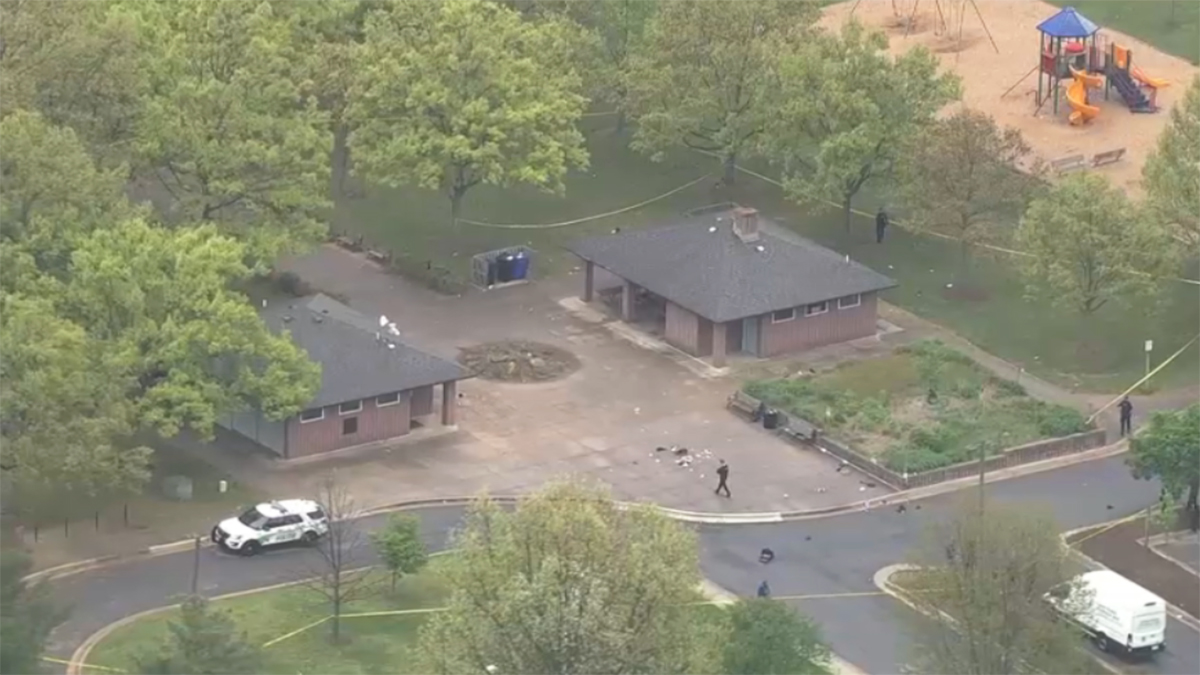What to Know
- Hogan has directed the contractor to work 24 hours a day to expedite the project
- He also said the state is looking at using concrete that dries faster
- Maryland is moving to fully cashless and electronic tolls as soon as possible, he said
Maryland Gov. Larry Hogan on Wednesday ordered expedited work on repairs to the Chesapeake Bay Bridge that are causing major traffic backups, saying the project can't be postponed because previous delays for more than a decade have caused "tremendous safety problems."
Hogan said the deck surface of a westbound lane is "severely deteriorated" and beyond its service life, creating "a number of very major safety risks." In one section, 75% of the lane's surface is deteriorated, Hogan said. For nearly all the lane, half of the area is deteriorated.
"The condition is worsening every single day," Hogan said at a Board of Public Works meeting. "If neglected any longer, the crisis could go from terrible and unbearable to catastrophic and life threatening."
Maryland is in the fourth week of a $27 million deck rehabilitation project that's slated to last about two years on the west span of the only bridge over the Chesapeake Bay connecting Maryland's eastern and western shores. It has five lanes, and a westbound lane has been closed since work began. It has caused thousands of drivers to be stuck in miles-long traffic jams.
The bridge's twin spans are just over 4 miles (6.4 kilometers) long. An average of 74,870 vehicles used the bridge daily in the last fiscal year. It opened in 1952, and the last span was added in 1973.
Local
Washington, D.C., Maryland and Virginia local news, events and information
"This cannot be delayed for another decade, and we cannot put Marylanders' safety at risk, but I will continue to push the entire state government to do everything possible to mitigate the pain, to shorten the timeframe and to expedite the completion of these critical safety repairs," Hogan said.
The governor has directed the contractor to work 24 hours a day to expedite the project. He also said the state is looking at using concrete that dries faster, and it's moving to fully cashless and electronic tolls as soon as possible.
Hogan also said traffic engineers will work with officials in the two counties connected by the bridge to negotiate a solution and find a balanced approach to westbound and eastbound traffic.
He underscored that there's no way "to make these problems and the traffic backups magically disappear."
Hogan said "this incredible traffic" people are experiencing is being caused by emergency repairs to just one lane — a 20% reduction in capacity. He said traffic backups would be even worse, if an entire span were shut down for safety reasons.
"So delaying this critical safety work any longer would not only risk safety and potentially risk lives, but it would also turn the current project into an even bigger nightmare, which would take five years to complete and would cost the taxpayers more than eight times as much," Hogan said.
But Comptroller Peter Franchot, who is one of the three Board of Public Work members with Hogan, has been critical of the way the state has handled the project. Franchot has suggested delaying it — for as long as until next fall — to come up with better traffic mitigation plans. He said the current situation is "unacceptable."
"I guess it comes down to whether or not we want to do this project the right way or just press on with it because it's already begun," Franchot said. "It's like fielding a team that's not properly prepared."
In 2016, Hogan announced a study to review possibilities for building another bay crossing. The review is expected to be finished in 2021.



